- +880 1711 055 540
- Digital Hearing Solution
Showing 1–16 of 23 results
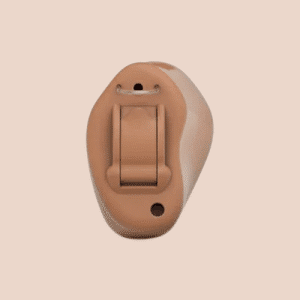
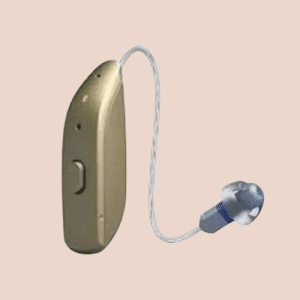
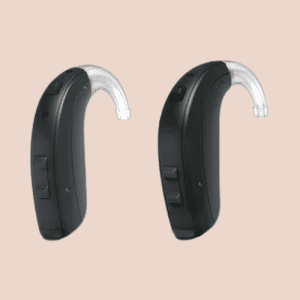

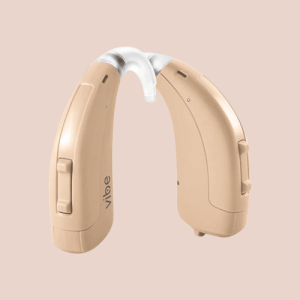
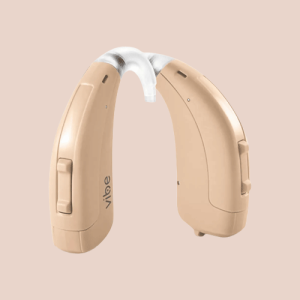
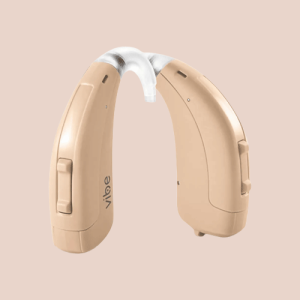
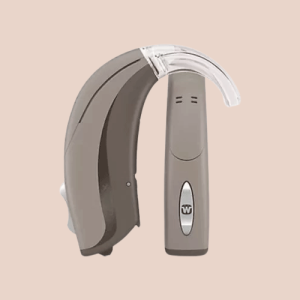
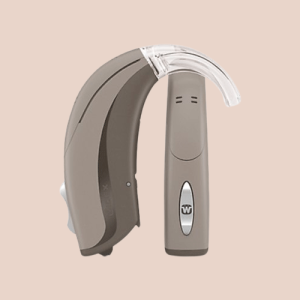
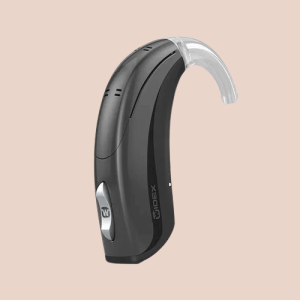
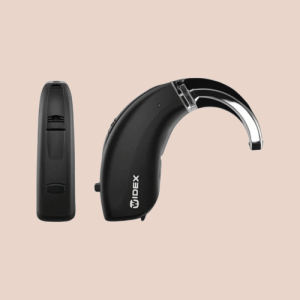
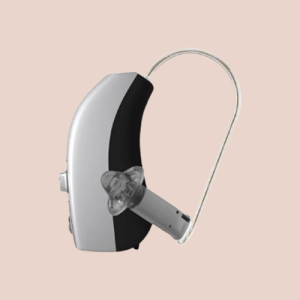
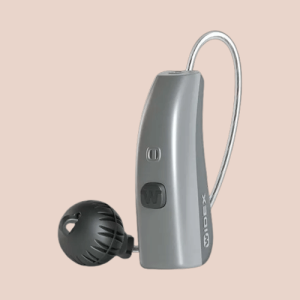
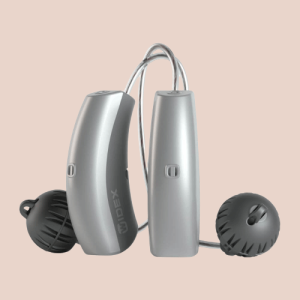
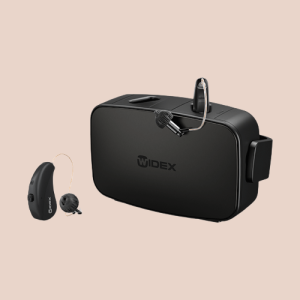

In the realm of auditory health, the advent of modern hearing aid technology marks a revolutionary leap forward. Gone are the days of bulky, conspicuous devices that offered limited functionality. Today, hearing aids are sleek, powerful instruments that not only amplify sound but also adapt to diverse environments, enhance speech comprehension, and even connect seamlessly with other digital devices. Let’s delve into how these innovative devices are transforming the lives of individuals with hearing impairment.
The Evolution of Hearing Aid Technology: Historically, hearing aids have undergone a remarkable evolution. From the cumbersome ear trumpets of the 18th century to the analog devices of the 20th century, the progression has been driven by advancements in electronics, miniaturization, and digital signal processing. In recent decades, digital technology has revolutionized hearing aids, enabling sophisticated features such as noise reduction, directional microphones, and customizable settings tailored to individual preferences.
Impact on Quality of Life: The transformative impact of modern hearing aids extends far beyond improved auditory perception. By facilitating clear communication and enhancing social engagement, these devices play a pivotal role in enhancing overall quality of life. Individuals with hearing loss report greater confidence, reduced feelings of isolation, and improved relationships with friends and family members. Moreover, the ability to actively participate in conversations, enjoy entertainment, and navigate daily activities with ease fosters a sense of independence and empowerment.
In conclusion, the evolution of hearing aid technology represents a triumph of innovation and accessibility. By leveraging the latest advancements in digital signal processing, and connectivity. And personalized care, modern hearing aids empower individuals with hearing impairment to fully engage with the world around them. As these devices continue to evolve. The future holds even greater promise for enhancing the auditory experiences and improving. The quality of life for millions of people worldwide.
A digital hearing aid is a sophisticated device designed to enhance and restore auditory perception for individuals with hearing loss.